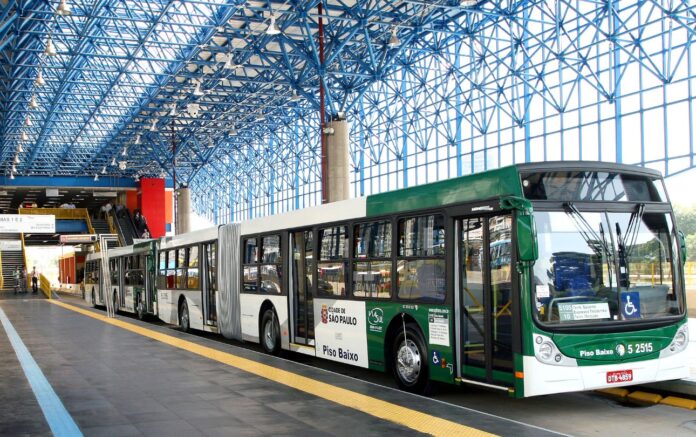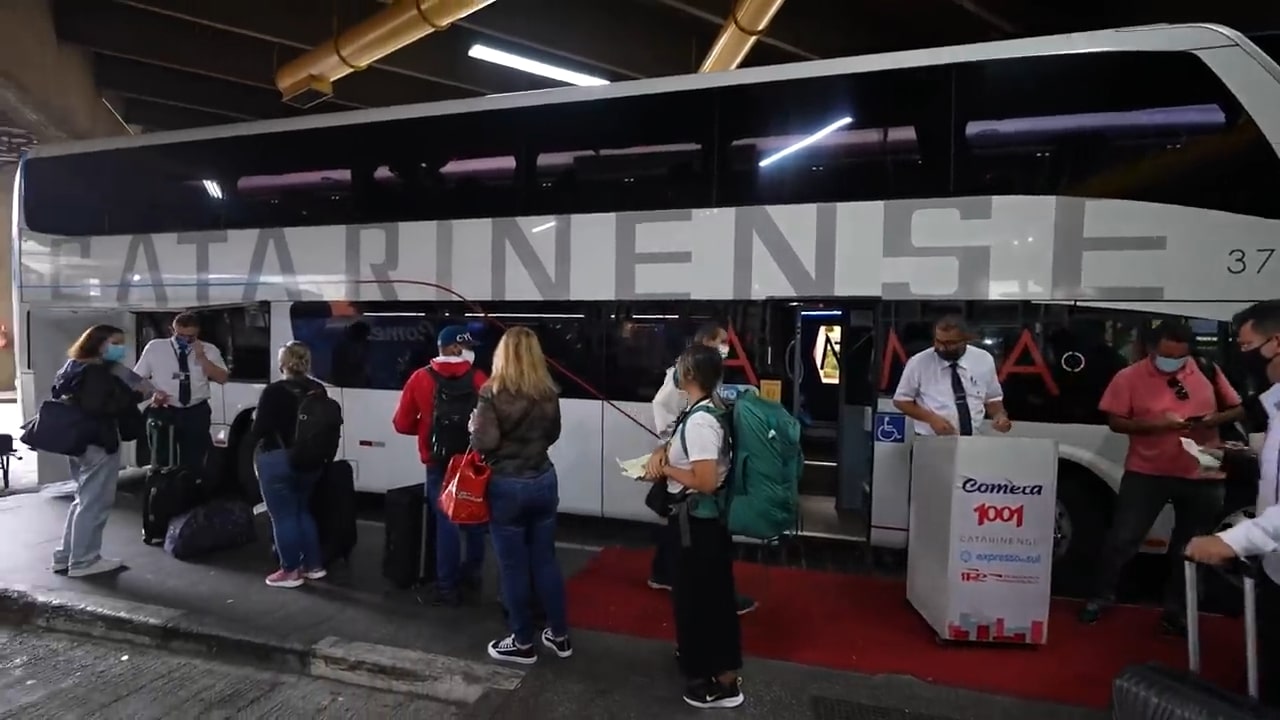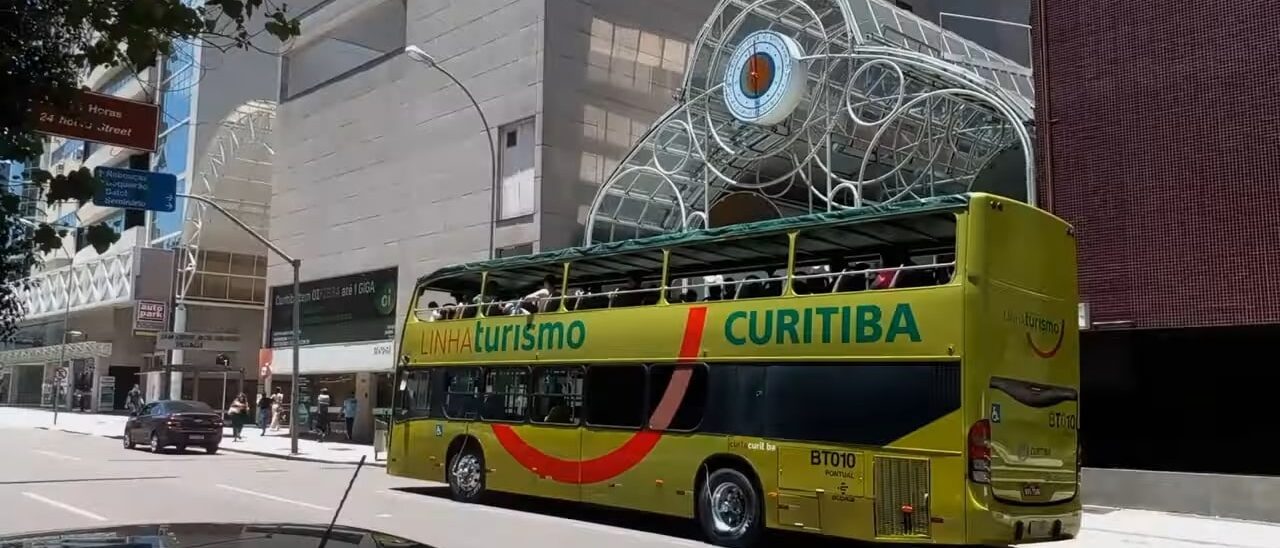
Bus fares are an essential part of daily life for millions of people in Brazil. With the start of 2025, several cities have announced changes to their bus fares, bringing both challenges and opportunities for commuters.
In Florianópolis, for example, a single ride now costs R$6.90, making it the most expensive fare in the country.
This article breaks down the latest bus fares across all Brazilian capitals, ranking them from the highest to the lowest.
Comparison and Ranking of Bus Fares Across Brazilian Capitals

Public transportation costs differ widely across capital cities due to regional economies, infrastructure, and local policies.
Most Expensive Bus Fares
As we already mentioned in the beginning, Florianópolis leads with the highest fare at R$6.90 for cash or QR code payments. While card users enjoy a slightly lower fare of R$5.75.
Porto Velho and Curitiba follow closely with fares of R$6.
Affordable Bus Fares
At the other end of the spectrum, Rio Branco offers the cheapest fare at R$3.50, followed by Macapá at R$3.70 and Palmas at R$3.85.
Regional Trends
- South and Southeast: These regions tend to have higher fares due to better infrastructure, higher wages, and increased urbanization. São Paulo, the most populous city in Brazil, raised its fare to R$5, ranking eighth among the capitals.
- North and Northeast: Lower fares are typical, reflecting efforts to balance affordability with limited budgets for public transportation upgrades. For example, cities like Fortaleza (R$4.50) and Recife (R$4.30) aim to keep fares accessible while managing operational constraints.
Full Ranking of Bus Fares (2025)
Interessante esta matéria da CNN que mostra um ranking do preço da passagem nas capitais brasileiras. O valor mais barato da tarifa de ônibus é em Maceió, mas o mais caro está em Florianópolis. pic.twitter.com/VayYZ3Jib9
— Jonas Di Andrade (@jonasdiandrade) January 2, 2025
- Florianópolis: R$6.90
- Porto Velho: R$6.00
- Curitiba: R$6.00
- Belo Horizonte: R$5.75
- Brasília: R$5.50
- Boa Vista: R$5.50
- Salvador: R$5.20
- São Paulo: R$5.00
- Aracaju: R$5.00
- Cuiabá: R$4.95
- Natal: R$4.90
- Porto Alegre: R$4.80
- Campo Grande: R$4.75
- Vitória: R$4.70
- Rio de Janeiro: R$4.70
- Manaus: R$4.50
- Fortaleza: R$4.50
- Goiânia: R$4.30
- Recife: R$4.30
- São Luís: R$4.20
- Belém: R$4.00
- Teresina: R$4.00
- Maceió: R$4.00
- Palmas: R$3.85
- Macapá: R$3.70
- Rio Branco: R$3.50
Why Some Cities Have Higher Fares?

Bus fares vary across Brazil because cities face different costs and challenges when running public transportation.
Some cities, especially in the South and Southeast, have higher fares due to the expenses involved in maintaining larger networks and offering more frequent services.
For example, places like Florianópolis and Curitiba charge more because they invest heavily in infrastructure and modern fleets, which require more money to operate.
Another reason for higher fares is the cost of living. In cities where wages and expenses are higher, public transportation systems often set fares to match the local economy.
São Paulo, for instance, has kept fares at R$5, but the overall cost of running its system is still significant because of its size and demand.
In some cases, local governments raise fares to cover budget gaps or fund future projects. This can happen in growing cities where the population relies heavily on buses, and maintaining the system becomes a priority.
Cities with higher fares usually aim to balance providing reliable services with managing operating costs.
Tips for Saving on Public Transport Costs
Getting around cities in Brazil can add up quickly, especially with recent fare increases. Still, there are a few ways to keep your transportation costs under control without cutting back on where you need to go.
Here are some tips that might help:
- Use Cards or Passes: Many cities offer discounts if you pay with transport cards instead of cash. In Florianópolis, for example, using a card can save you over a real per trip. Check what options are available in your city, as these savings add up over time.
- Plan Your Routes: Taking direct routes or combining trips into a single outing can save you multiple fares. Instead of making separate trips during the day, try to combine errands or plan your schedule to minimize extra rides.
- Look for Monthly or Weekly Passes: Some cities have unlimited ride passes for a set period, which can be cheaper if you use buses frequently. These passes are especially useful if you commute daily or rely on public transport for work or school.
- Travel During Off-Peak Hours: In cities where fares change based on the time of day, avoid rush hours if possible. Traveling earlier or later can sometimes make a big difference in the fare price.
- Check for Student or Worker Discounts: If you are a student or work for a company that offers transport benefits, make sure you are signed up. Many cities provide discounted fares or reimbursements for eligible groups.
Final Thoughts
Bus fares in Brazil vary for many reasons, from local economies to the size of public transport systems.
Knowing the fares and options in your city can help you manage costs better and make daily commutes more manageable.
















